detail profile mrinal sen
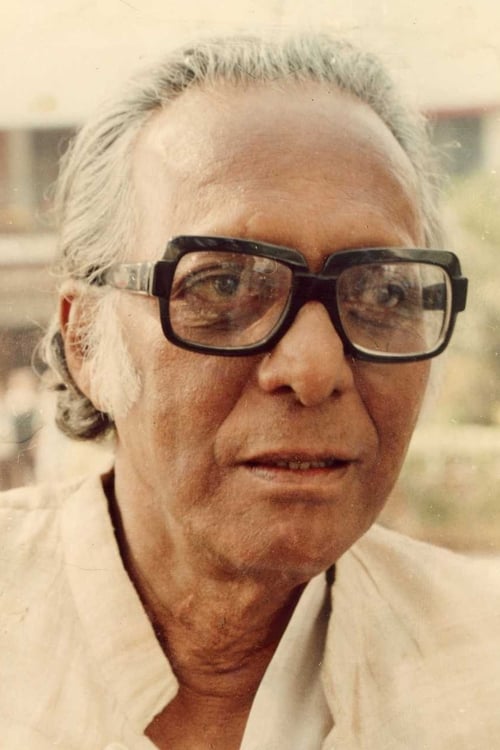
Mrinal Sen
Mrinal Shen
atau dikenal sebagai
Riwayat Hidup
Mrinal Sen entered the world of arts through Indian Peoples Theatre Association (IPTA) in 1943.
He made his first film 'Raat Bhor' in 1956.
Deeply influenced by the leftist ideology, most of his films deal with socio-political themes and the complexities of life of the urban middle class of Bengal.
His second film, 'Neel Akasher Nichey' was banned by the government for two months in 1958.
Though he predominantly worked in Bengali cinema, Sen also made films in the Odia, Telugu and Hindi languages.
He won the National Award for Best Film four times and his films were screened at various international film festivals that bestowed accolades upon him.
Sen also served as a jury member at the Cannes International Film Festival.
Info Pribadi
Peran Yang Di Mainkan Mrinal Sen
 An elusive actor is a rarity...
An elusive actor is a rarity...Talking Head 2020
An elusive actor is a rarity. Talking Head is about the actor Dhritiman Chaterji. In October 1970, Pratidwandi (The Adversary) one of Satyajit Ray’s most political films was released. It was a film about the time; the moment of anger, disenchantment, strikes, injustice and unemployment among the young. It was a film about angry youth and it introduced Dhritiman Chaterji, into film acting. A new actor in Bengali cinema, Dhritiman Chaterji acted in few of the most prominent films of the decade
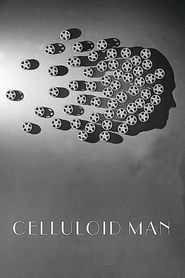 Indian documentary about Indian film history...
Indian documentary about Indian film history...Celluloid Man 2012
Indian documentary about Indian film history and P. K. Nair, the founder of the National Film Archive of India and guardian of Indian cinema. He built the archive can by can in a country where the archiving of cinema was considered unimportant.
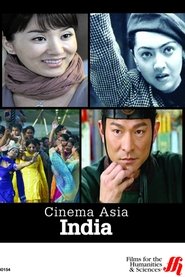 While Northern Indias 100yearold film industry...
While Northern Indias 100yearold film industry...Cinema Asia: India 2007
While Northern India’s 100-year-old film industry is best known for flamboyant dance sequences and romantic plot lines, its directors have begun to step outside established formulas and explore grittier subject matter. This program surveys the world of Bollywood filmmaking, examining the personalities as well as the commercial and thematic concerns that drive central Asia’s answer to Tinseltown. Interviews with directors Karan Johar, Ashutosh Gowariker, and Yash Chopra are included, along with commentary from choreographers, musical directors, and Cinemaya Magazine editor Aruna Vasudev. The industry’s newfound attention to poverty, homelessness, and other social concerns is examined. Several film excerpts are included.
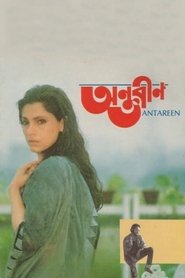 The mistress of a wealthy man...
The mistress of a wealthy man...The Confined 1993
The mistress of a wealthy man, alone in her huge apartment and terribly lonely, phones strangers in the middle of the night. One night she phones a young writer, and as the days pass and the conversations continue a relationship forms between two people who've never seen each other.
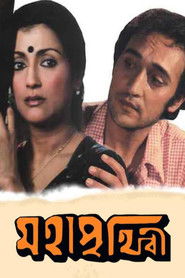 When the elderly mother of a...
When the elderly mother of a...World Within, World Without 1991
When the elderly mother of a Kolkata middle-class family commits suicide, no one has the courage to read the old woman's diary. When the eldest son returns from Germany, his anxious questioning brings to light the disorientation experienced by the family and the way world history penetrates into the fabric of individual lives.
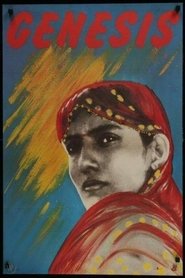 This is a simple straightforward tale...
This is a simple straightforward tale...Genesis 1986
This is a simple, straightforward tale about the rise and fall of human civilization that focuses solely on four characters: a farmer (Naseeruddin Shah), a weaver (Om Puri), a trader (M.K. Raina), and a woman (Shabana Azmi). At the beginning of the story, the workers in a decaying village are offered food and water if they work for the local lords. The farmer and the weaver refuse. The farmer grows food for them both, and the weaver creates textiles that uses to barter with an itinerant trader. One day a frightened, lonely woman arrives on the scene and she is taken in by the two men. She cooks and cleans, and before long becomes a source of contention. Meanwhile, the trader is observing these events from the sidelines.
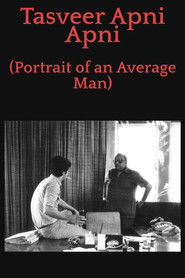 In this rather routine madefortelevision movie...
In this rather routine madefortelevision movie...Tasveer Apni Apni 1984
In this rather routine, made-for-television movie by famed Indian director Mrinal Sen, an employee (K.K. Raina) in a large office is suddenly facing unemployment because his bosses have found him guilty of negligence. He is devastated, but he cannot lose his job since he is the only support of his family. Interspersed with the employee's efforts to convince his boss, in several different ways, that he cannot be fired are direct dialogues with the author (Shyamanand Jalan) who created the character of the employee. In these latter conversations, the employee berates his creator for giving him an impossible, no-win situation — he has no control over his fate.
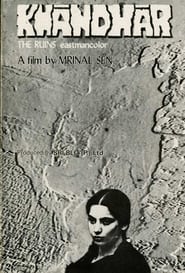 Subhash is a photographer from the...
Subhash is a photographer from the...The Ruins 1984
Subhash is a photographer from the city, who has come to take pictures of some old temples and ruins in a village. Ruins fascinate him. While in the village, he gets acquainted with a young woman, Jamini, who has had her heart broken in the past, by another visitor from the big city. Will history repeat itself, or will she find a way out of the ruins at last?
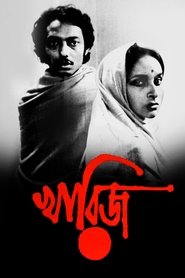 A preteenager servant boy dies of...
A preteenager servant boy dies of...The Case Is Closed 1982
A pre-teenager servant boy dies of carbon monoxide poisoning on a cold winter night in the kitchen. The happy household is suddenly thrown into a psychological trauma. Torn between a sense of guilt and fear of a police case and consequently scandal, the employer and his wife expose their petty, hypocritical selves.
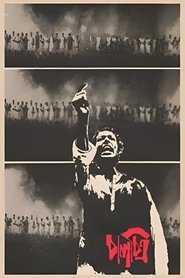 Burning with a desire to be...
Burning with a desire to be...Kaleidoscope 1981
Burning with a desire to be a journalist, a young man gets his chance when a publisher -- the father of a friend -- suggests that he write a story on the daily life of the people in his house (several families worth of people). The material turns out to be too incohesive and abundant to work into a pointed, thematic article, and just when he is about to give up, his younger brother asks him a simple question: "How many coal burners are there in Calcutta?" This triggers an idea for a story about Calcutta's pollution -- and the aspiring journalist dreams of myriads of burner-toting citizens invading the publisher's home demanding redress. Maybe he is finally on the way to a story that matters.
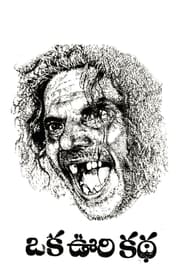 A father living on the fringes...
A father living on the fringes...Oka Oori Katha 1977
A father living on the fringes of a village believes that working is a fool's errand, for the lord takes what little the workers make. When a young woman enters their home, tensions begin to rise and their idle life is threatened. The film is based on the story ‘Kafan’ by Munshi Premchand
 A British administrator with a flair...
A British administrator with a flair...Mrigayaa 1976
A British administrator with a flair for game hunting develops a friendship with a commoner who is an expert archer in an Indian village. The movie portrays the relationship between the British colonialists, and native villagers who were exploited by Indian landlords in 1920s India. This happens against the backdrop of the awakening of the Indian people against the British rule.
 A political activist escapes the prison...
A political activist escapes the prison...The Guerrilla Fighter 1973
A political activist escapes the prison van and is sheltered in a posh apartment owned by a sensitive young woman. Both are rebels: the activist against political treachery and the other on social level. Both are bitter about badly organized state of things. Being in solitary confinement, the fugitive engages himself in self-criticism and, in the process, questions the leadership. Questions are not allowed, obeying that is mandatory. Displeasure leads to bitterness, bitterness to total rift. The struggle has to continue, both for the political activist, now segregated, and the woman in exile.
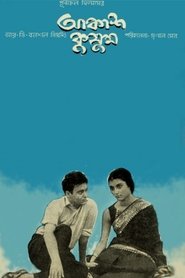 A young man still to find...
A young man still to find...Up in the Clouds 1965
A young man still to find a place in the sun puts up an innocent bluff to a young girl he chances upon. They meet frequently since then. Bluffs continue to pile up. There is no way out. In a desperate bid the young man tries to break the wealth barrier. His friend, well placed in life, cautions him. He turns a deaf ear. The inevitable happens. The young man grows wiser but pays heavily for it.
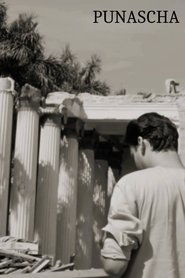 Difficulties erupt between a married couple...
Difficulties erupt between a married couple...Punashcha 1961
Difficulties erupt between a married couple when their relationship gets hit by societal pressures, norms, and deep-rooted patriarchy.
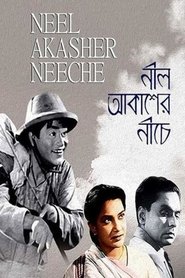 Set in the turbulent 1930s this...
Set in the turbulent 1930s this...Under the Blue Sky 1959
Set in the turbulent 1930s, this is the story of a poor Chinese hawker selling his merchandise, Chinese silk, in the streets of Calcutta. This was the time when China was repulsing a brutal attack of militarist Japan and when an outraged Rabindranath Tagore wrote to his friend in Japan, the great poet Noguchi: “I wish your countrymen, whom I love so much, not success but remorse”. This film holds the dubious distinction of being the first to be banned (though temporarily) in independent India.
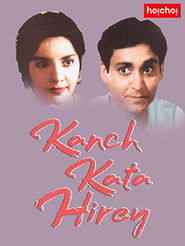 Subrata joins his fathers business that...
Subrata joins his fathers business that...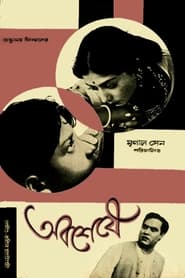 A film by Mrinal Sen
A film by Mrinal Sen